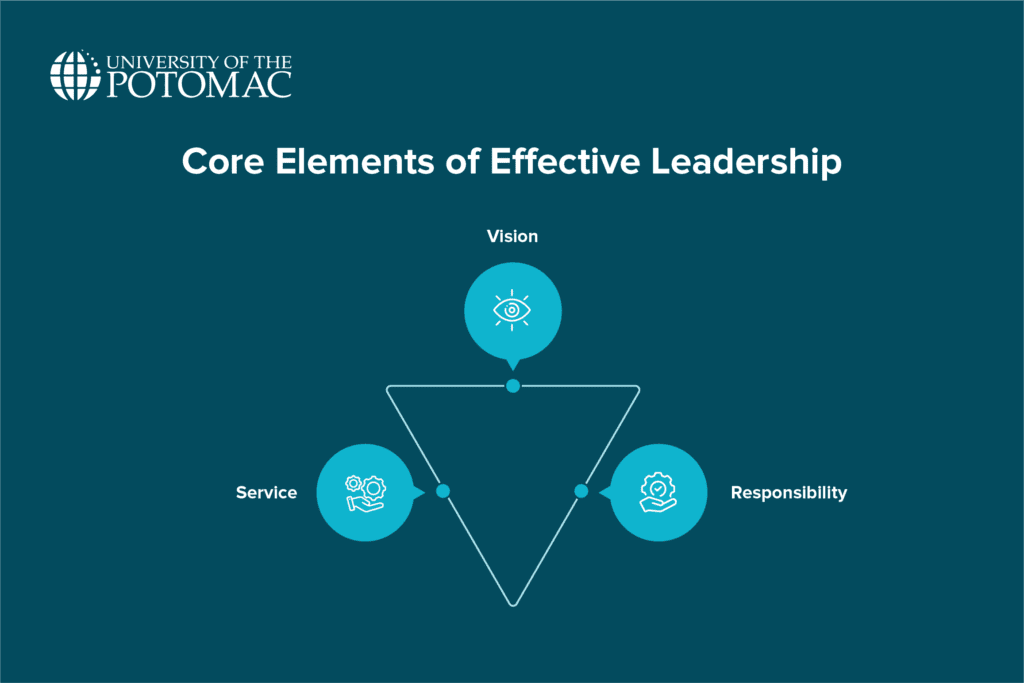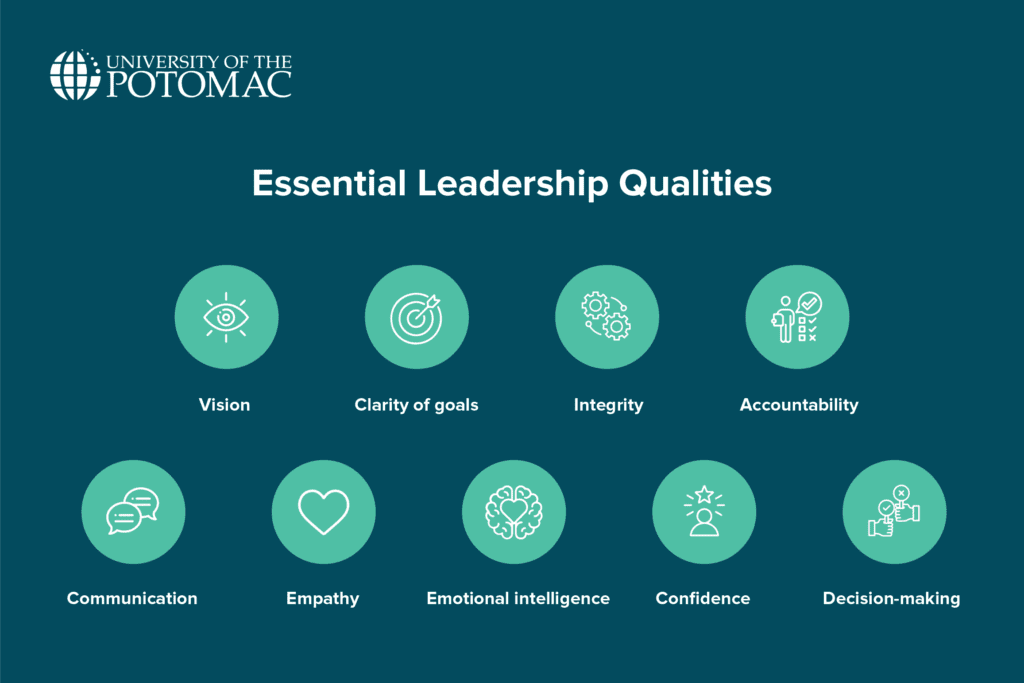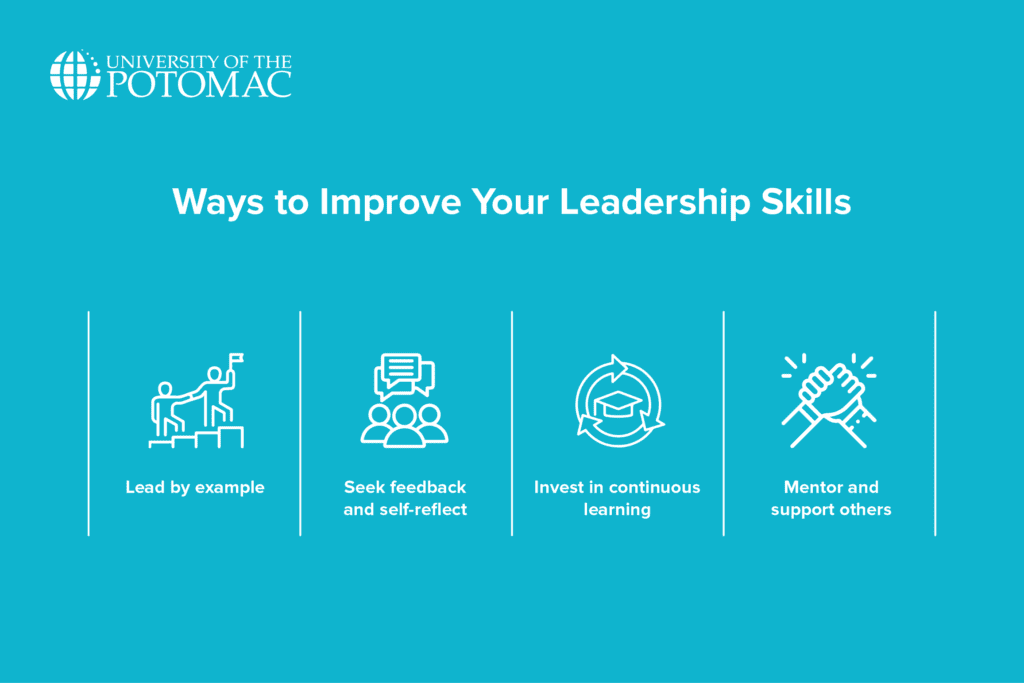Key Takeaways
- Learning how to become a leader starts with understanding that leadership is about influence and inspiration, not just authority or position.
- Leadership qualities include vision, integrity, communication skills, and emotional intelligence.
- Anyone can develop leadership skills through practice, feedback, and continuous learning.
- Leading by example and supporting others’ growth are fundamental leadership practices.
Leadership has always existed in some form. Certain individuals stood out, like those who could organize a hunt, settle disputes, or guide the group’s survival. As societies grew more complex, leadership became visible in kings, chiefs, generals, and later in political figures, workplace managers, and even in informal circles.
Because of this long history, leadership has also been the subject of discussion for centuries. The “great man” theory, for instance, argued that leadership is an innate trait, something you’re either born with or without. While it is true that some people may find certain leadership qualities come more naturally, this view overlooks the reality that leadership is also influenced by choices and the skills one develops over time.
The potential to lead is not fixed at birth. It can be strengthened, refined, and expanded through effort and learning. Therefore, with the right approach, it is possible to learn how to be a leader.
What Leadership Really Means
A practical, widely used shorthand is that leadership is a process of influence that moves a group toward a shared goal. Peter Northouse, a leadership scholar, defines leadership as “a process whereby an individual influences a group of individuals to achieve a common goal.” This idea aligns with much of the current thinking on leadership.
However, at the same time, there’s no clear consensus. Ralph Stogdill, a pioneering leadership researcher, famously noted that there are nearly as many definitions of leadership as there are people trying to define it. Fred Fiedler, an influential organizational psychologist, made a similar observation, pointing out that definitions shift with the theories behind them.
Part of the confusion comes from how leadership overlaps with, but differs from, related ideas. “Power” is a resource leaders may use, but power isn’t leadership; it’s a means. “Management” coordinates complexity and executes plans; leadership sets direction and mobilizes people. Most effective executives do both, but the concepts aren’t identical.

Bringing these perspectives together, many agree that effective leadership rests on three core components:
- Vision: Knowing where you’re going
- Responsibility: Taking ownership of outcomes
- Service: Putting others’ growth and success first
When you combine these elements, you create an environment where people want to follow because they believe in both you and the mission.
Essential Qualities of a Leader
Leaders express their influence through different leadership styles. Some approaches lean on authority, others on collaboration or inspiration, but all shape how a leader is perceived and how they guide a group.
Despite this variety, there is a shared foundation that runs through every style. The following qualities remain essential across the spectrum of leadership.

Vision and clarity of goals
A defining quality of effective leaders is the ability to hold a clear vision of where they are heading and to communicate that vision in ways others can understand and rally behind. This isn’t limited to recognizing the current situation; it involves looking ahead and mapping out the steps required to reach them. Leaders who consistently project this sense of direction provide their teams with a framework for action that feels purposeful rather than reactive.
Clear, well-communicated goals transform that vision into something tangible. They act as both a compass and a source of motivation, showing people what needs to be done as well as why it matters. When team members see how their work connects to a broader purpose, they approach their roles with more energy and commitment. Vision, in this sense, shapes the meaning of daily tasks and offers a sense of stability when obstacles arise.
Integrity and accountability
Leadership depends on trust, and trust only grows when people believe that their leader’s words and actions match. A leader who acts with integrity follows through on commitments, admits mistakes when they happen, and takes responsibility for both achievements and setbacks. This consistency builds credibility, showing the team that their leader is dependable even in difficult moments.
Closely tied to integrity is accountability. Leaders who hold themselves accountable set the standard for their organizations. By owning their decisions and accepting the outcomes, they create an environment where others feel safe taking initiative, learning from missteps, and focusing on solutions rather than blame. In this way, accountability strengthens a culture of openness and resilience, where growth comes from honest reflection and shared responsibility.
Communication skills
Leading people requires more than giving directions; it requires listening carefully, asking thoughtful questions, and making sure that messages are understood as intended. Leaders who communicate clearly prevent confusion and build alignment around shared objectives, which helps teams move forward with confidence.
Communication also means adjusting the message to fit the audience. A leader must know when to simplify complex information into accessible terms and when to provide detail for those who need it. This adaptability ensures that everyone understands their role in the larger picture. Leaders who master this balance keep people informed, engaged, and connected to the goals they are working toward.
Empathy and emotional intelligence
Empathy enables leaders to recognize what their team members are experiencing, in terms of work challenges as well as in the emotions tied to those challenges. Emotional intelligence builds on this awareness, enabling leaders to recognize how their own behavior impacts those around them and to guide interactions in a way that builds trust.
When leaders act with empathy, they create environments where people feel seen and supported. This could mean offering help to someone facing difficulties, taking time to acknowledge individual contributions, or ensuring that everyone feels included in team discussions.
Confidence and decision-making
Leadership also demands confidence, particularly when making decisions under pressure or without all the information one might want. Confidence in this sense is not about never being wrong; it’s about having the courage to choose a course of action, learn from the results, and adjust if needed. A leader who hesitates indefinitely can stall progress, but one who acts decisively demonstrates stability.
This quality directly affects how a team feels. When leaders approach decisions with calm assurance and thoughtful reasoning, people gain trust in their direction and feel secure following it. Even in uncertain circumstances, a confident leader helps the team stay focused, showing that setbacks can be handled and that moving forward is always possible.
Practical Steps to Become a Better Leader

Developing leadership skills takes consistent practice and a genuine commitment to personal growth. Whether you are managing a team or simply aiming to become more effective in your current position, there are clear ways to strengthen leadership skills in the workplace.
Interested in pursuing a degree?
Fill out the form and get all admission information you need regarding your chosen program.
This will only take a moment.
Message Received!
Thank you for reaching out to us. We will review your message and get right back to you within 24 hours.
If there is an urgent matter and you need to speak to someone immediately you can call at the following phone number:
- We value your privacy.
The following steps prepare you for greater responsibility as well as build the confidence and adaptability needed to influence others positively in any setting.
Lead by example
They say that actions speak louder than words. Based on that, people tend to watch what leaders do more closely than what they say. Therefore, if you want your team to be punctual, be on time yourself. If you value open communication, demonstrate it by being transparent about your own challenges and decisions.
Research on team accountability shows that trust and commitment grow when people see consistency between expectations and behavior. A study from the Journal of Business Ethics highlights that accountability is relational: when individuals hold themselves answerable alongside others, they strengthen the shared sense of responsibility that keeps a team engaged.
So, your own accountability and consistency between your words and behavior build credibility. It helps shape the culture of mutual respect within your group. When team members see that you hold yourself to the same standards you expect from others, they’re more likely to respect your leadership and follow your guidance willingly.
Seek feedback and self-reflect
Strong leaders don’t assume they have all the answers. Because of this, they make feedback part of their routine, not just something they tolerate once a year in a performance review.
Asking thoughtful questions like “What could I have done differently in that meeting?” or “How can I make your work easier?” signals humility and creates space for honest dialogue. Over time, this openness builds trust and shows your team that improvement is a shared value.
Equally important is carving out time to reflect on your own. Set aside time to think about the choices you made, the tone you set, and the results you achieved. Reflection is about noticing patterns and making a habit of turning everyday experiences into lessons that improve your leadership skills.
Invest in continuous learning
Leadership is never “finished.” Even the most respected leaders stay students of their craft, always looking for ways to improve. Reading books, enrolling in leadership courses, attending workshops, and participating in professional networks give you access to new strategies and perspectives you can put into practice.
Leadership is also tied to context. Staying informed about industry trends and emerging challenges keeps you relevant. The better you understand your environment, the more agile you can be in guiding others through change. Think of continuous learning as adding tools to your leadership toolkit: you may not need every one immediately, but when the right situation arises, you’ll be prepared!
Mentor and support others
Leadership is relational. It comes alive through the connection between leaders and the people who choose to follow them. Strong leaders understand this reciprocity: at times they guide, and at times they listen, learn, and adapt.
When you make time to mentor and invest in others’ development, you create a positive cycle. As your team members succeed, they gain confidence and loyalty, which strengthens the entire group. For you, the process improves your coaching, patience, communication, and other skills that are indispensable in leadership.
Common Mistakes New Leaders Make
Leadership growth often comes from recognizing what not to do. These are the pitfalls that can hold new leaders back:
- Micromanaging instead of trusting the team
- Avoiding tough conversations and necessary feedback
- Making decisions without team input or collaboration
- Using the same leadership style in every situation
- Chasing results while neglecting relationships
- Promising more than can realistically be delivered
- Overlooking opportunities to recognize contributions
- Ignoring feedback on their own performance
Learn to Become a Successful Leader
Leadership is not reserved for those who seem “born to lead.” It grows out of practice, reflection, and the steady development of the very skills that strong leaders demonstrate every day.
At the University of the Potomac, our Bachelor of Science in Business program is designed to help with those skills. Through coursework, projects, and applied learning, students study leadership in theory as well as develop the habits and abilities that make it real in the workplace. Whether your goal is to lead a team, launch your own venture, or rise within an organization, this program provides the foundation to strengthen your leadership potential.
The opportunity to lead starts with a choice: the choice to invest in yourself. So, join us at Potomac and become the kind of leader others want to follow.
Frequently Asked Questions (FAQs)
What is the difference between a boss and a leader?
A boss relies on authority and position to direct others, while a leader inspires and influences through trust, vision, and example.
Can anyone learn to be a leader?
Yes, leadership skills can be developed through practice, feedback, and continuous learning, regardless of personality type or background.
What is the best leadership style?
All styles have their own benefits. The best leaders are able to adapt their approach based on the situation, team needs, and organizational context.








